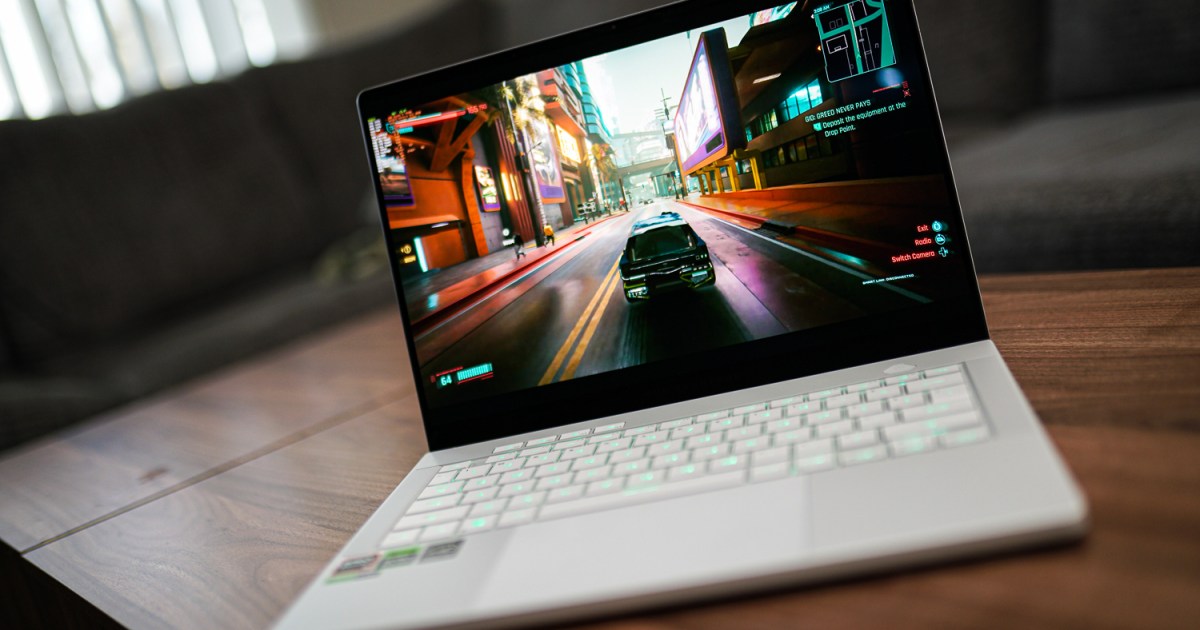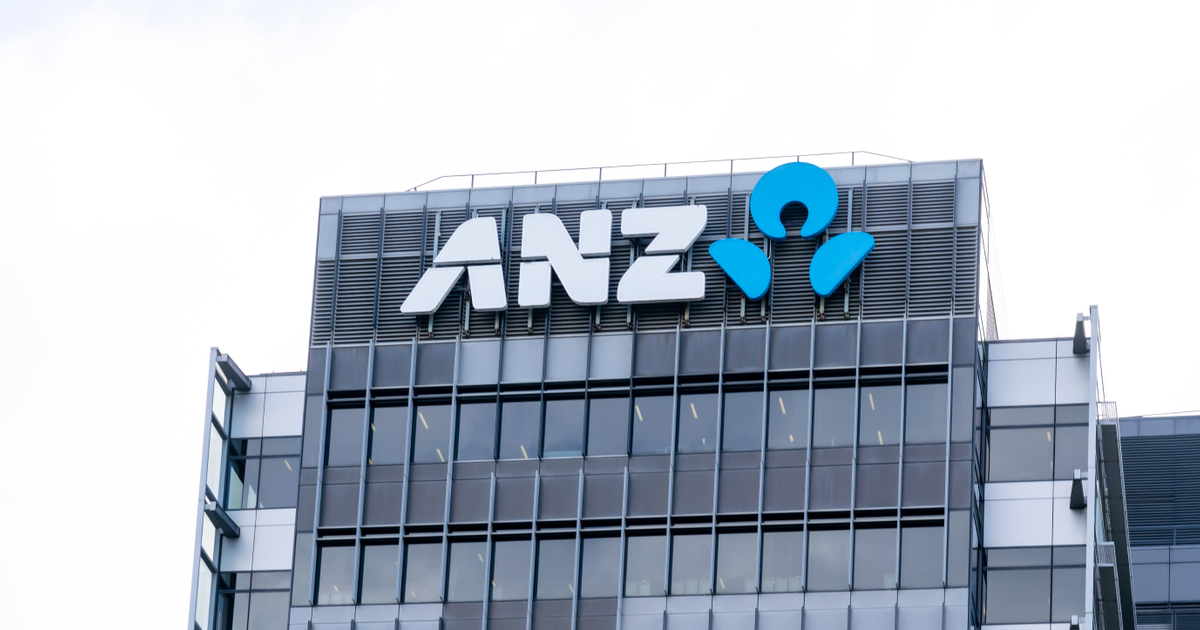AMD’s new GPU could bring PS5 Pro-like performance to laptops
AMD just launched a new mobile GPU that is predictably as powerful as the PlayStation 5 Pro.

 Jacob Roach / Digital Trends
Jacob Roach / Digital Trends
AMD has quietly launched the Radeon RX 7800M GPU built on the current RDNA 3 architecture for gaming laptops. This GPU is designed to bring desktop- and console-level gaming experiences to portable laptops. What’s particularly intriguing about the RX 7800M is its close resemblance to the newly revealed PlayStation 5 Pro, which is thanks to a similar spec sheet that allows it to deliver comparable performance in a portable form factor.
The latest laptop graphics card is based on the Navi 32 GPU architecture and comes with 12GB of 18Gbps GDDR6 VRAM, likely utilizing a 192-bit memory bus and offering a total memory bandwidth of 432GB/s. It includes 48MB of Infinity Cache and is equipped with 60 Compute Units (CUs), 90 Render Output Units (ROPs), and a thermal design power (TDP) of up to 180 watts. The card runs at a frequency of 2.145GHz and supports popular video rendering formats like H264, H265, and AV1.
 AMD
AMDNotably, the RX 7800M comes with Infinity Cache technology. Originally introduced in desktop GPUs, this feature optimizes memory access, reducing the need for constant memory fetches, which can bottleneck performance. This results in improved efficiency, allowing the GPU to offer both high-end gaming performance and better power consumption. That’s a big deal, especially for laptops where battery life is a concern.
 Sony
SonyThe RX 7800M’s architecture resembles the PS5 Pro in terms of memory capacity and computational power, making it a viable option for gamers who want the same experience as Sony’s latest console, but in a more versatile, portable package. The RX 7800M boasts 12GB of VRAM and supports high-fidelity gaming at 1440p or higher, which is considered the sweet spot for gamers looking for detailed visuals without sacrificing frame rates. While the PS5 Pro is designed for a stationary gaming experience, the RX 7800M could potentially bring similar capabilities to gaming laptops, creating an opportunity for on-the-go gamers to experience console-quality performance.
While AMD hasn’t shared any performance metrics, a recent report suggests that the RX 7800M can outclass Nvidia’s RTX 4070 mobile. Chinese handheld console and mini-PC manufacturer OneXplayer shared details about its next-gen eGPU solution that takes advantage of this chip, the OneXGPU 2, last month.
The company also shared a video where it tested this particular eGPU paired with the OneXPlayer X1 handheld powered by the AMD Ryzen 7 8840U. The RX 7800M scored 15,806 points on 3DMark Time Spy, which is more powerful than the RTX 4070 mobile. For comparison, the highest 3DMark Time Spy score that we recorded for a mobile RTX 4070 is 11,806 points on the Asus ROG NUC 970. The new RX 7800M is essentially comparable to the company’s desktop-class RX 7700 XT, which offers an average performance of 15,000 to 16,000 points in the same test. While that sounds exciting, it will be interesting to see whether laptop manufacturers go ahead and utilize AMD over Nvidia.
Kunal is a Computing writer contributing content around PC hardware, laptops, monitors, and more for Digital Trends. Having…
Someone tweaked AMD’s RX 7800 XT, and the results may surprise you
AMD’s RX 7800 XT graphics card handily beats Nvidia’s RTX 4070, outperforming it in games and costing less to boot, with the GPU comparison falling firmly in AMD’s favor. The main drawback? Its power consumption is much higher. But it doesn’t have to be that way, as one YouTube channel has shown that undervolting the card could have a notable impact.
When set up right out of the box, AMD’s card has a power draw of 263 watts, while Nvidia’s offering sips just 200 watts. If you’re concerned about your graphics card getting hot and heavy in operation -- and spiking your electricity bill -- the RTX 4070 is probably the better choice.
I bought Nvidia’s worst-value GPU, but I don’t regret it
After championing AMD and considering using it in my next build, I still ended up buying one of Nvidia's best graphics cards -- although arguably, the GPU in question is also among Nvidia's worst. Sure, it's a powerful card, but in terms of value, it's probably one of the worst options I could have gone with.
I'm talking about the RTX 4080. There's no doubt it can blitz through any game you can throw at it, as you can read in our RTX 4080 review, but it's also $1,200 -- a full $500 more than last-gen's RTX 3080.
Nvidia gave AMD’s RX 7800 XT a free win
AMD's new RX 7800 XT and RX 7700 XT are solid GPUs; let's not get that twisted. However, they certainly aren't great, with the RX 7700 XT coming in $50 more expensive than it should be, and the RX 7800 XT occasionally being beaten by last-gen's RX 6800 XT. Sounds like a disaster.
So, why did I recommend the cards so highly in my RX 7800 XT and RX 7700 XT review? That largely comes down to Nvidia, and the "tierflation" we've seen over this generation (thanks u/Convextlc97 for the pointed description). It seems gamers agree, too, with the RX 7800 XT sold out nearly everywhere.
'Tierflation' at its finest

 AbJimroe
AbJimroe 




































